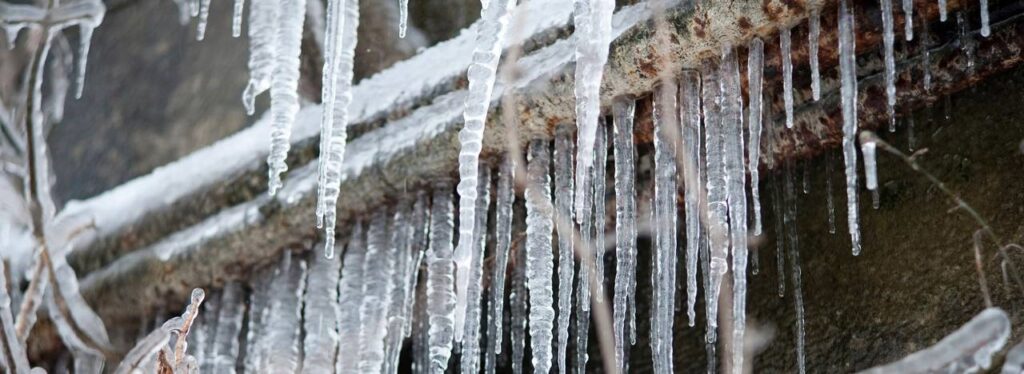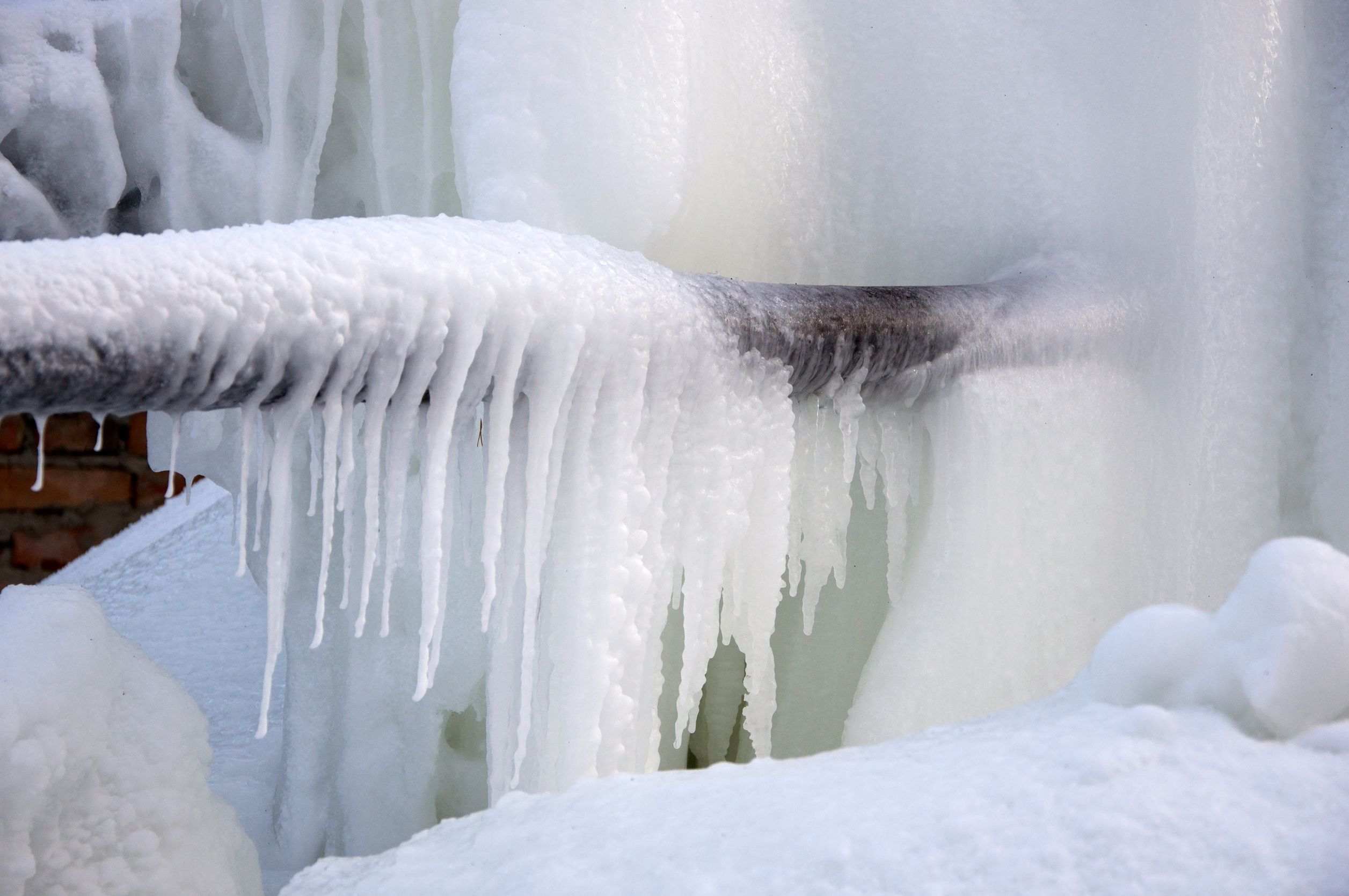Avoid Frozen Pipes in Cold Weather: Pro Strategies
Schedule AppointmentWe've stumbled on this great article pertaining to Helpful Tips to Prevent Frozen Pipes this Winter down the page on the net and think it made good sense to discuss it with you here.

Cold weather can wreak havoc on your pipes, particularly by freezing pipelines. Here's exactly how to stop it from happening and what to do if it does.
Intro
As temperature levels decline, the risk of frozen pipelines rises, potentially causing pricey repairs and water damage. Comprehending exactly how to stop icy pipelines is essential for property owners in chilly environments.
Avoidance Tips
Insulating prone pipelines
Cover pipelines in insulation sleeves or use warmth tape to safeguard them from freezing temperatures. Focus on pipelines in unheated or exterior locations of the home.
Heating strategies
Maintain indoor areas sufficiently heated, specifically areas with pipes. Open closet doors to enable warm air to flow around pipes under sinks.
Just how to identify frozen pipelines
Seek decreased water flow from faucets, uncommon smells or noises from pipes, and noticeable frost on subjected pipes.
Long-Term Solutions
Architectural changes
Think about rerouting pipes far from exterior wall surfaces or unheated areas. Add additional insulation to attics, cellars, and crawl spaces.
Upgrading insulation
Buy premium insulation for pipes, attics, and wall surfaces. Appropriate insulation aids maintain constant temperatures and decreases the threat of frozen pipelines.
Shielding Outdoor Pipes
Yard hoses and outside taps
Separate and drain garden pipes prior to winter season. Set up frost-proof faucets or cover exterior taps with insulated caps.
Understanding Frozen Pipes
What triggers pipelines to ice up?
Pipelines ice up when revealed to temperatures listed below 32 ° F (0 ° C) for expanded durations. As water inside the pipes ices up, it expands, taxing the pipe walls and possibly causing them to burst.
Dangers and problems
Icy pipelines can result in water system interruptions, property damage, and pricey repairs. Burst pipes can flood homes and trigger substantial architectural damages.
Indications of Frozen Water Lines
Recognizing icy pipelines early can avoid them from rupturing.
What to Do If Your Pipes Freeze
Immediate actions to take
If you suspect frozen pipelines, maintain faucets open up to ease pressure as the ice thaws. Use a hairdryer or towels taken in hot water to thaw pipelines slowly.
Verdict
Avoiding icy pipes needs proactive procedures and fast reactions. By recognizing the causes, indications, and safety nets, homeowners can secure their pipes throughout cold weather.
6 Proven Ways to Prevent Frozen Pipes and Protect Your Home
Disconnect and Drain Garden Hoses
Before winter arrives, start by disconnecting your garden hoses and draining any remaining water. Close the shut-off valves that supply outdoor hose bibs and leave the outdoor faucet open to allow any residual water to drain. For extra protection, consider using faucet covers throughout the colder months. It’s also important to drain water from any sprinkler supply lines following the manufacturer’s directions.
Insulate Exposed Pipes
Insulating your pipes is an effective way to prevent freezing. Pipe insulation is readily available at home improvement stores and is relatively inexpensive. Pay close attention to pipes in unheated areas such as the attic, basement, crawl spaces, or garage. Apply foam insulation generously to create a buffer against the cold. You can also wrap your pipes in heat tape or thermostat-controlled heat cables for added warmth.
Seal Air Leaks
Inspect your home for any cracks or openings that could let in cold air. Seal any holes around the piping in interior or exterior walls, as well as the sill plates where your home rests on its foundation. Additionally, make sure to keep your garage door closed unless you’re entering or exiting. Leaving it open creates a significant air leak that can lead to frozen pipes.
Allow Warm Air Circulation
During cold snaps, it’s essential to allow warm air to circulate evenly throughout your home. Leave interior doors ajar to promote better airflow. Open kitchen and bathroom cabinets to help distribute heat consistently around the rooms. If you have small children or pets, be sure to remove any household chemicals or potentially harmful cleaners from open cabinets for safety.
Let Faucets Drip
A small trickle of water can make a big difference in preventing ice formation inside your pipes. When temperatures drop significantly, start a drip of water from all faucets served by exposed pipes. This continuous flow helps prevent the water from freezing. Additionally, running a few faucets slightly can relieve pressure inside the pipes, reducing the chances of a rupture if the water inside does freeze.
https://choateshvac.com/6-proven-ways-to-prevent-frozen-pipes-and-protect-your-home/

As a fervent person who reads on Winter Plumbing Precautions: Preventing Frozen Pipes, I think sharing that excerpt was a good thing. In case you appreciated our blog post kindly be sure to share it. I love reading our article about Preventing and dealing with frozen pipes.
Click Here